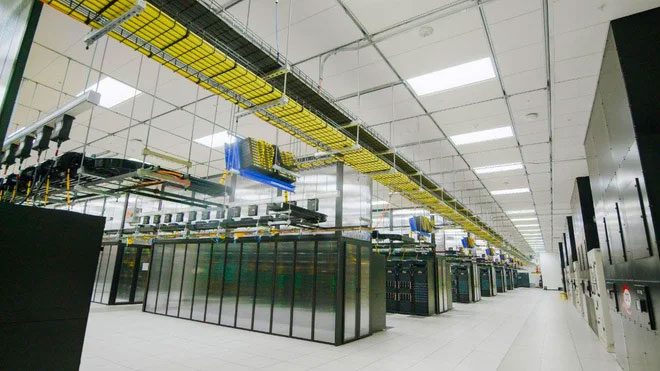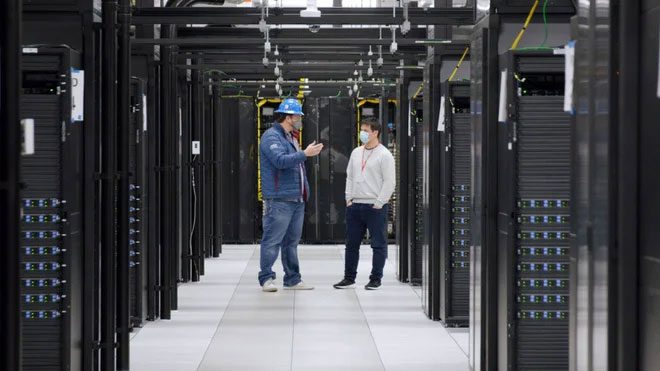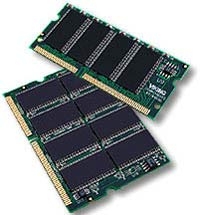When completed by the end of this year, Meta’s artificial intelligence supercomputer could perform 5 quintillion calculations per second.
Meta, the parent company of Facebook, has introduced the AI Research SuperCluster (RSC), a supercomputer designed for artificial intelligence (AI) research projects.
Developed over the past 1.5 years, the goal of RSC is to create more powerful AI tools that assist with complex tasks such as detecting hostile content in posts on Facebook or Instagram. Meta claims that RSC is one of the strongest AI supercomputers currently available and will become the fastest supercomputer once fully constructed by the end of the year.
“With RSC, we can train models (AI) using multimodal signals, such as recognizing the context of posts based on language, images, and tone,” said Shubho Sengupta, a software engineer at Meta.

Meta’s parent company is developing a supercomputer for AI projects. (Photo: Meta).
With its powerful performance, supercomputers are increasingly utilized for AI research. At the U.S. Department of Energy, the IBM Summit supercomputer is used to analyze pressing global issues. Companies like Microsoft and NVIDIA also use supercomputers for their specific purposes.
According to The Verge, Meta’s engineers are responsible for designing the cooling system, power supply, network, and cabling of RSC. On its official website, Meta states that as of January, RSC is equipped with 6,080 graphics processing units (GPUs) divided into 760 Nvidia DGX A100 nodes (a system of interconnected CPUs, GPUs, RAM, etc., forming a complete supercomputer).
Currently, RSC’s power is comparable to the Perlmutter supercomputer located at the U.S. Department of Energy’s National Energy Research Scientific Computing Center, which ranks fifth in the world. However, when completed by the end of this year, Meta indicates that RSC will feature 16,000 GPUs with a computing performance of 5 exaflops, or 5,000 petaflops (5 quintillion calculations per second), making it the fastest AI supercomputer in the world.
Compared to traditional supercomputers, AI supercomputers share many similarities, such as relying on interconnected nodes. The major difference between the two types of supercomputers lies in their accuracy. Since AI calculations require lower precision compared to tasks on traditional supercomputers, AI supercomputers can perform more calculations per second.
Bob Sorensen, an analyst at Hyperion Research, believes that the speeds announced by manufacturers are often the highest theoretical performance. In reality, a supercomputer is considered effective when it can fully utilize its performance on the tasks for which it was designed.
“Therefore, it is not surprising that some supercomputer systems have actual performance of less than 25% of their theoretical performance,” Sorensen stated.
Meta’s research team has used RSC to train models related to natural language processing and computer vision. In the future, they may use RSC to train models that analyze text, images, and video simultaneously, according to CNN.

When completed, Meta’s supercomputer could perform 8 quintillion calculations per second. (Photo: Meta).
Over time, Meta states that RSC will support the development of entirely new AI systems for complex tasks such as translating large volumes of content in real-time across multiple languages, enabling people to work or play together despite speaking different languages.
In previous experiments, RSC was able to train complex language models three times faster than the current system. This means that a conventional AI model that takes 9 weeks to train would be reduced to just 3 weeks with RSC.
Meta expects RSC to train AI models with trillions of parameters using datasets that are in the order of exabytes (EB). Ultimately, this supercomputer will play a crucial role in building the metaverse, a new frontier that this social media company is pursuing.





















































